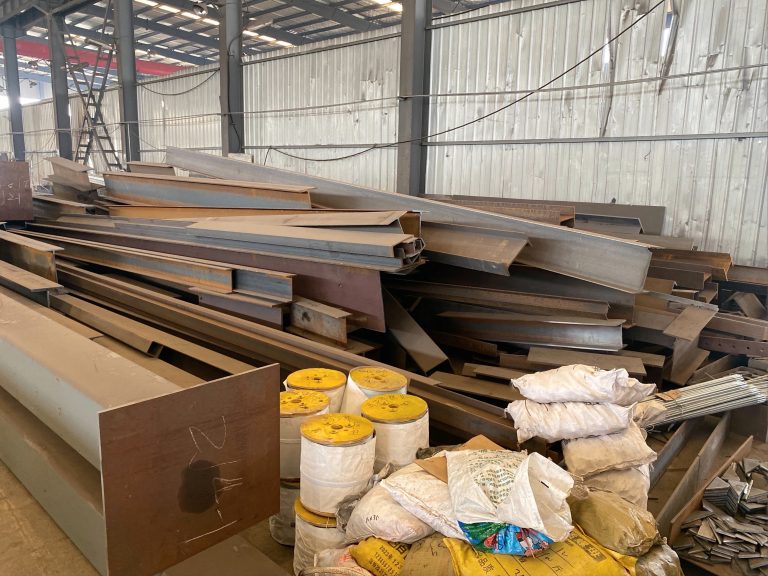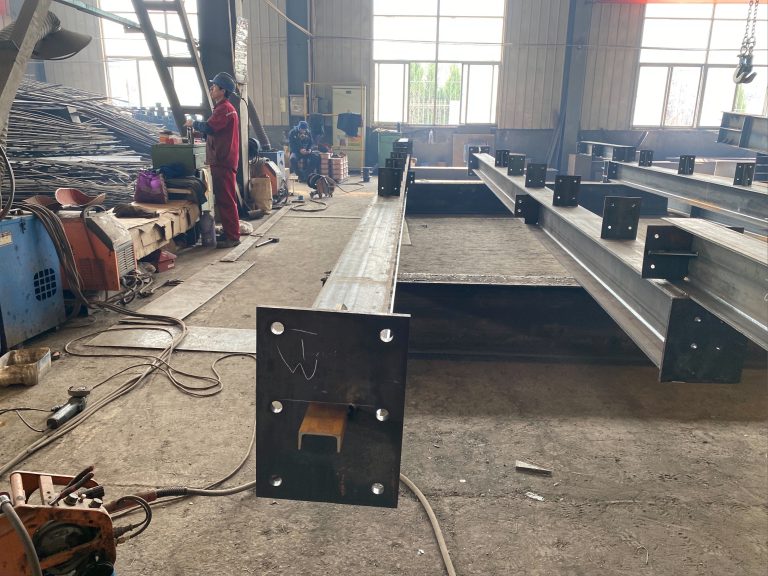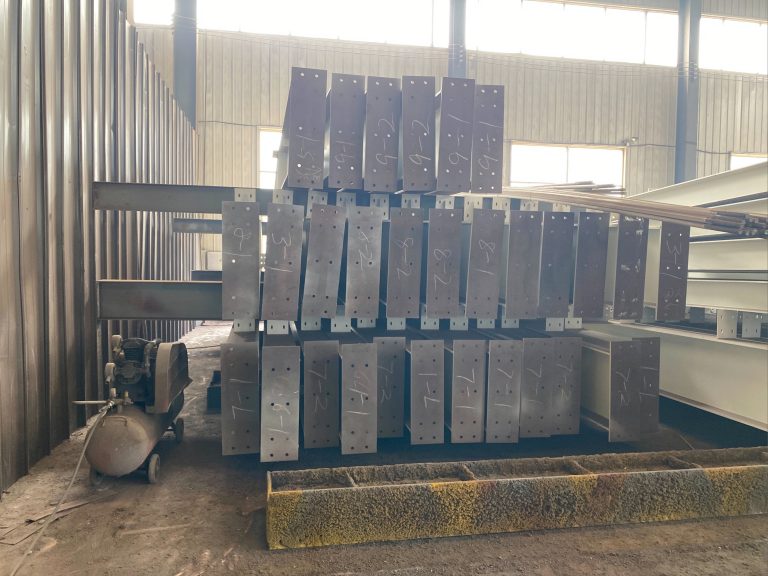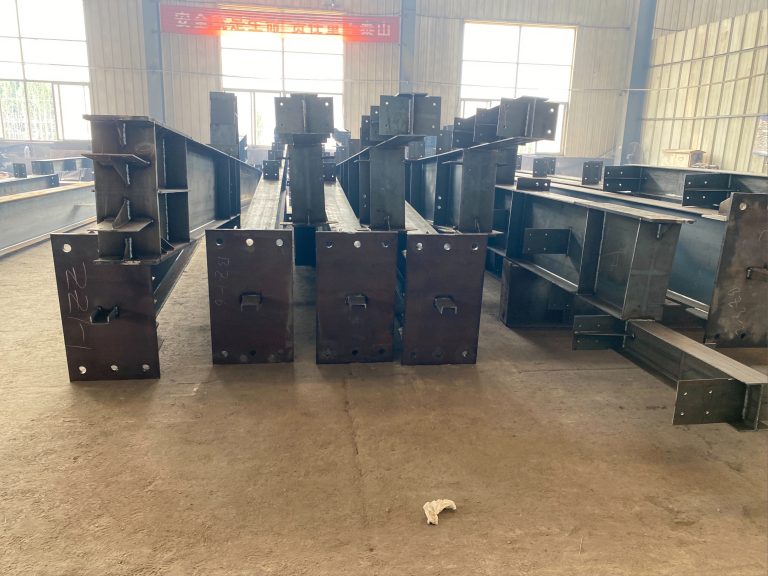The strategy and challenge of steel structure industry in domestic and foreign market expansion
Inhoudsopgave
Strategies for Expanding Steel Structure Industry in Domestic Market
The steel structure industry plays a crucial role in the construction sector, providing the framework for buildings, bridges, and other infrastructure projects. As the demand for steel structures continues to grow, companies in this industry are faced with the challenge of expanding their market reach both domestically and internationally. In this article, we will explore the strategies that companies can employ to expand their presence in the domestic market.
One of the key strategies for expanding in the domestic market is to focus on building strong relationships with local contractors and developers. By establishing partnerships with these key players in the construction industry, steel structure companies can gain access to a steady stream of projects and increase their market share. This can be achieved through networking events, trade shows, and other industry gatherings where companies can showcase their products and services.
Another important strategy for expanding in the domestic market is to invest in research and development to stay ahead of the competition. By continuously innovating and improving their products, steel structure companies can differentiate themselves from their competitors and attract more customers. This can involve developing new materials, improving manufacturing processes, or creating custom solutions for specific projects.
In addition to focusing on product innovation, companies in the steel structure industry should also invest in marketing and branding to increase their visibility in the domestic market. This can involve creating a strong online presence, participating in industry publications, and sponsoring events to raise awareness of their brand. By building a strong brand reputation, companies can attract more customers and establish themselves as leaders in the industry.
Furthermore, companies in the steel structure industry should also consider expanding their product offerings to meet the diverse needs of the domestic market. This can involve diversifying into new product lines, such as prefabricated steel buildings, modular structures, or custom-designed solutions. By offering a wide range of products, companies can appeal to a broader customer base and increase their market share.
Lastly, companies in the steel structure industry should also focus on providing excellent customer service to retain existing customers and attract new ones. By offering timely delivery, competitive pricing, and responsive support, companies can build long-lasting relationships with their clients and earn their loyalty. This can lead to repeat business and referrals, helping companies to grow their market share in the domestic market.
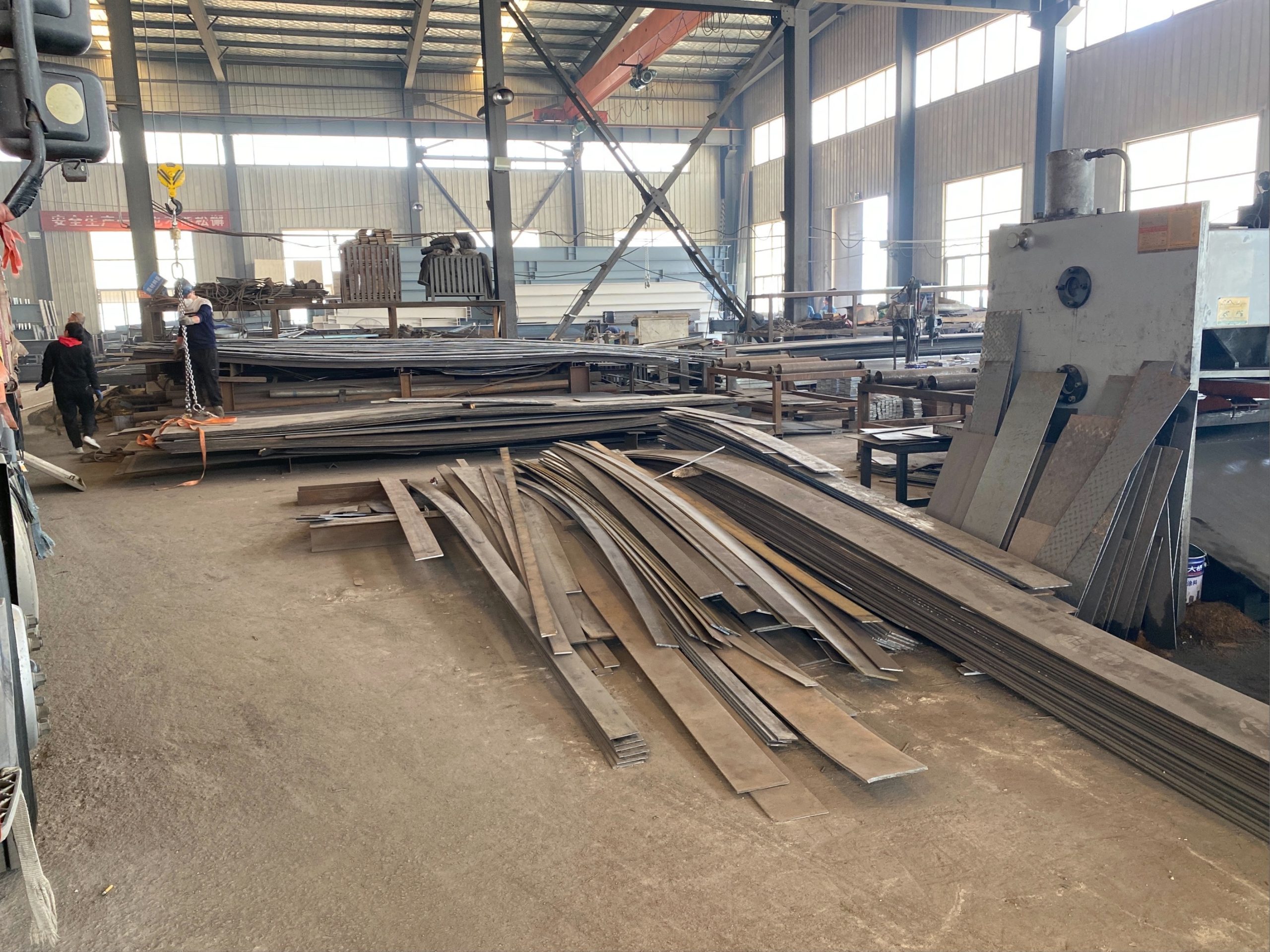
In conclusion, expanding in the domestic market is a challenging but rewarding endeavor for companies in the steel structure industry. By focusing on building strong relationships, investing in research and development, marketing and branding, diversifying product offerings, and providing excellent customer service, companies can successfully expand their presence in the domestic market and achieve long-term growth. By implementing these strategies, companies can position themselves for success in the competitive steel structure industry.
Challenges of Expanding Steel Structure Industry in Foreign Markets
The steel structure industry plays a crucial role in the construction sector, providing the framework for buildings, bridges, and other infrastructure projects. As the demand for steel structures continues to grow, companies in this industry are looking to expand their operations into foreign markets to capitalize on new opportunities. However, expanding into foreign markets presents a unique set of challenges that companies must navigate in order to be successful.
One of the key challenges of expanding into foreign markets is understanding the regulatory environment in each country. Different countries have different regulations and standards when it comes to construction and building materials, and companies must ensure that their steel structures meet these requirements in order to be approved for use. This can be a complex and time-consuming process, requiring companies to invest in research and development to ensure compliance with local regulations.
Another challenge of expanding into foreign markets is establishing a strong distribution network. In order to successfully sell their steel structures in a new market, companies must have a reliable network of distributors and partners who can help them reach customers and navigate the local business landscape. Building these relationships takes time and effort, and companies must be prepared to invest in building a strong distribution network in order to succeed in a new market.
Cultural differences can also pose a challenge for companies looking to expand into foreign markets. Understanding the cultural norms and expectations of customers in a new market is crucial for companies to successfully market and sell their steel structures. Companies must be prepared to adapt their marketing and sales strategies to fit the cultural context of the new market, which may require significant investment in market research and localization efforts.
In addition to these challenges, companies in the steel structure industry must also contend with competition from local manufacturers in foreign markets. Local manufacturers may have a competitive advantage in terms of cost, quality, or brand recognition, making it difficult for foreign companies to establish a foothold in the market. Companies must be prepared to differentiate themselves from local competitors and demonstrate the value of their steel structures in order to attract customers and gain market share.
Despite these challenges, expanding into foreign markets can offer significant opportunities for companies in the steel structure industry. By tapping into new markets, companies can access a larger customer base, diversify their revenue streams, and reduce their dependence on domestic markets. However, in order to be successful, companies must be prepared to invest time, resources, and effort into overcoming the challenges of expanding into foreign markets.
In conclusion, expanding into foreign markets presents a unique set of challenges for companies in the steel structure industry. From navigating regulatory environments to establishing distribution networks and understanding cultural differences, companies must be prepared to invest in research, development, and localization efforts in order to succeed in a new market. Despite these challenges, the potential rewards of expanding into foreign markets make it a worthwhile endeavor for companies looking to grow and thrive in the global marketplace.

